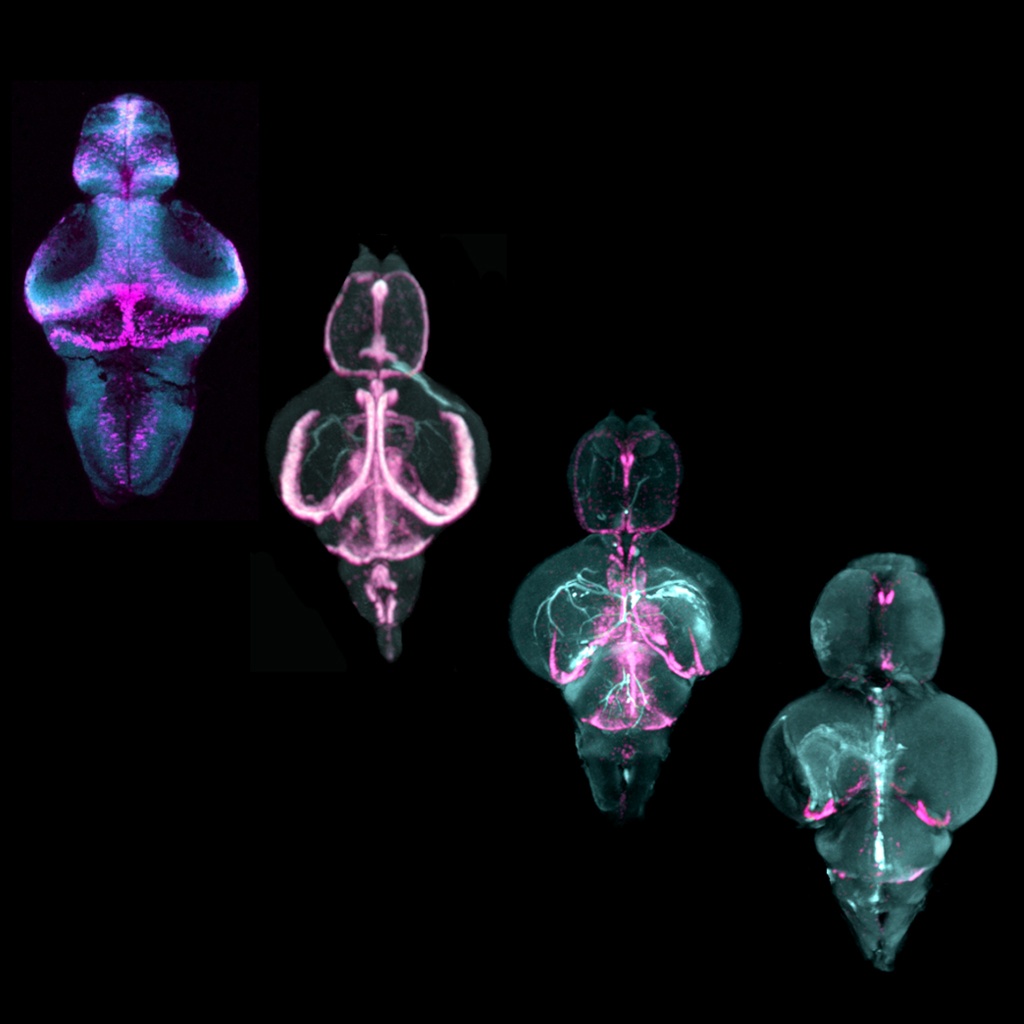The research focus of the Lindsey Lab is to understand the context-dependent behaviour and regulation of distinct neural stem cell populations from birth to senescence, with learning and environmental interactions, and during the regenerative process following injury or with neurodegenerative disease. Along with plasticity and animal behaviour, and neural stem cells and repair; one of our research themes at the Lindsey Lab is maturation of the stem cell niche.
The discovery that the mature brain retains adult neurogenic niches with populations of neural stem cells capable of generating newborn neurons throughout life, has changed the long-standing dogma that “no new neurons” are born postnatally in the brain. It is now known that neurogenic niches are present throughout invertebrate and vertebrate models alike, but how these stem cell compartments develop to their mature form and senesce thereafter is poorly understood. The adult neurogenic niche is a complex micro-environment composed of a variety of stem and progenitor populations, local vasculature, as well as signals arising from cell-to-cell communication along with cues from the circulating cerebral spinal fluid of the ventricular system. The Lindsey Lab is interested in understanding how the vertebrate adult stem cell niche is constructed and the mechanisms orchestrating its development and senescence.





